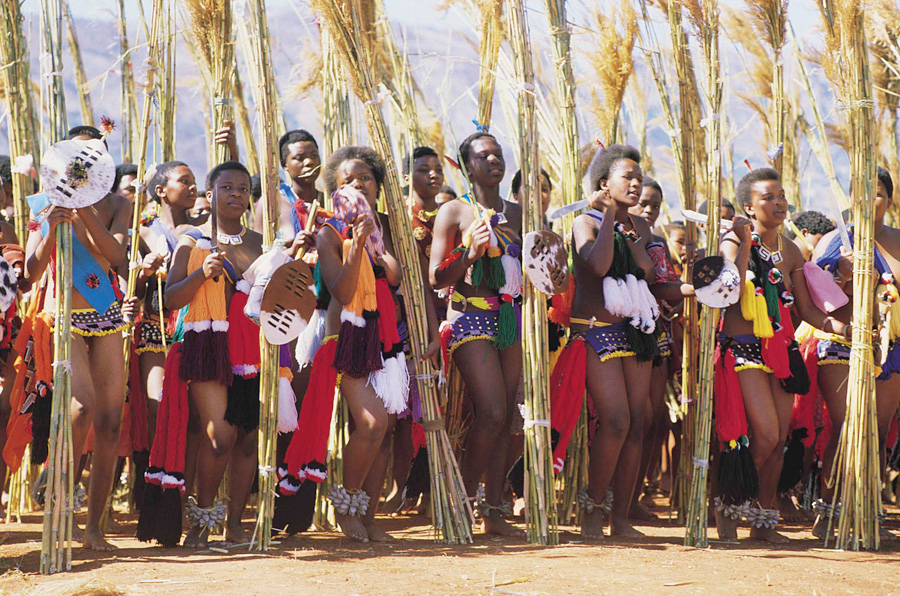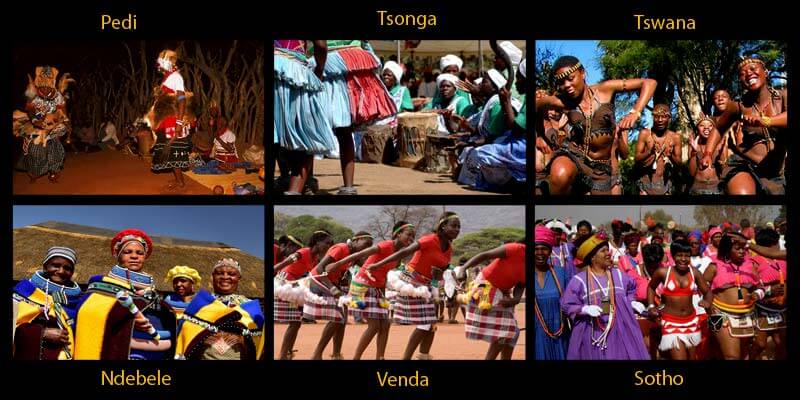South African Culture Today Things To Know Before You Buy
All about South African Culture Today
Table of Contents8 Simple Techniques For South African Culture TodayThe 6-Minute Rule for South African Culture TodayThe Main Principles Of South African Culture Today The 10-Minute Rule for South African Culture TodaySouth African Culture Today Fundamentals ExplainedThe 15-Second Trick For South African Culture Today
This adheres to with singing and drum pounding. The groom and bride after that meet the seniors and chat about the value of their union. A matter of significance in Zambian towns is the diing of loved ones. All members of the town placed money, time and initiative with each other for the burial of the deceased.Throughout the grieving duration; males stay outside your home and the ladies remain inside your home of the deceased. After discussing the departed, the town strolls to the location of funeral to claim their last bye-byes. Music and dance is a very crucial facet of the Zambian society. The various tribal units have their own dance types; nevertheless, makishi prevails among all people.
South African Culture Today Can Be Fun For Everyone
When it involves music, drums are made use of the most, with a selection of drumming ceremonies. In Zambia, bulk of the people are Christian; Protestant and Roman Catholic. There are tiny groups of Muslims and Hindus, with the rest following regional indigenous tribal beliefs.

South African heritage and culture is profoundly diverse, and contains various teams of individuals who each have their own traditions and beliefs. Having such a diversity of people and cultures is what makes South Africa so distinct. In the true sense of the phrase, we are a rainbow nation.
Making it the 7th on the checklist of nations with the most Portuguese people in it outside of Portugal. Portuguese is not only a society, yet it is likewise a language and a citizenship. Portuguese people stem from the nation of Portugal in Europe, however, due to Portugal (like many various other countries in Europe) exploring the globe and dominating other countries throughout the 15th 20th centuries, South Africa has what we call Portuguese South African's living in it.
The Best Guide To South African Culture Today
Amongst the famous features of the topography is a plateau that covers nearly two thirds of the facility of the nation. The plateau complicated climbs toward the southeast, where it culminates in the Drakensberg range, component of a cliff that separates the plateau from the seaside areas. The Drakensburg includes Sparkling wine Castle, the greatest optimal in the country.
The region north of the Witwatersrand, called the bushveld, inclines downward from eastern to west toward the Limpopo River, which develops the global border. The western area of the plateau, the middleveld, additionally descends in the direction of the west and differs in elevation between the highveld and bushveld. In between the Drakensburg and the eastern and southerly coastline, the land comes down to the sea.
Nearer the shore there is a low-lying plain called the eastern lowveld. Southwest of the plateau the country comes to be considerably much more dry, paving the way to the stony desert of the Great Karroo, verged on the eastern by the lower, better watered plateau of the Little Karroo. Dividing the completely dry southern interior from the sandy littoral of the southern coastline and West Cape is an additional range, the Langeberg.
The Only Guide for South African Culture Today
The country's racially, ethnically, and politically split history has created national and subnational symbols that still function as symbols of the nation, and others icons that are approved just by specific groups. The monuments to white settler occupation and political prominence, such as the Afrikaner Voortrekker ("leader") Monument in Pretoria and the Rhodes Monument honoring the British colonial realm building contractor and Cape head of state Cecil Rhodes, continue to be sectarian signs.
The very first modern inhabitants were the San ("bushman") hunter-gatherers and the Khoi ("Hottentot") individuals, that herded livestock (South African culture today). The San might have existed for countless years and left evidence of their visibility in hundreds of ancient cave paints ("rock art"). Bantu-speaking clans that were the read this post here ancestors of the Nguni (today's amaZulu, amaXhosa, amaSwazi, and vaTsonga individuals) and Tswana-Sotho language groups (today's Batswana and Southern and Northern Basotho) migrated below east Africa as early as the fifteenth century

The two previous republics of the Orange Free State and Transvaal (South African Republic) were developed by Afrikaner settlers that beat and dispossessed the Basotho and Batswana. Lesotho would have been forcibly included into the Orange Free State without the extension of British protection in 1869. The best unification of the country arised from the South African Battle (18991902) between the British and both Afrikaner republics, which lowered the country to spoil at the start of the twentieth century.
Afrikaners historically considered themselves the only real South Africans and, while providing full citizenship to all homeowners of European descent, denied that standing to individuals of shade up until the autonomous change of 1994. British South Africans retain a sense of social and social connection to Great Britain without damaging their identity as South Africans.
What Does South African Culture Today Mean?
The diversity and fragmentation within ethnic collections and the balance of tensions between those teams throughout the twentieth century protected against interethnic civil problem. While intergroup stress over resources, entitlements, and political dominance remain, those problems are as most likely to match Zulu against Zulu as Zulu against Xhosa or African versus Afrikaner.
From colonial India, British sellers and managers brought the rounded metal decorative roof coverings and slender shoelace work pillars that still represent the verandas of homes arounds and cities throughout the nation. Holy places add a crucial architectural aspect also in the tiniest towns. In addition to the soaring steeples and classic stonework of Afrikaans Dutch Reformed churches, Anglican churches, synagogues, mosques, and Hindu temples give selection to the religious building scene.

Slaughtering and the developing of traditional grain beer are essential in protecting the engagement and from this source goodwill of the ancestors that are considered the guardians of great lot of money, prosperity, and wellness. Indian neighborhoods keep their native culinary customs and use them on Islamic and Hindu routine and ceremonial occasions. Afrikaners and Coloured individuals collect at weekend breaks and unique occasions at multifamily barbeques called braais, where neighborhood bonds are reinforced.
Because this was the primary economic business of both black Africans and white homesteaders, problem in between those teams fixated the possession of grazing land and livestock. In 1867, the largest diamond deposits on the planet were found at Kimberley in the west main location. The wealth from those fields assisted finance Our site the exploitation of the best gold coral reef on the planet, which was uncovered on the Witwatersrand in 1886.
The Ultimate Guide To South African Culture Today
This brought about misunderstandings and deliberate misstatement in the transactions of white inhabitants and federal government officials with African chiefs throughout the colonial period (South African culture today). In the facility of African gets, some elements of communal and primarily "tribal trust fund" land period were preserved, and even in white backwoods, types of common period were still exercised in areas with African areas
After the autonomous change of 1994, programs for land restitution, redistribution, and reform were instituted, yet development has been slow-moving. The white minority still manages eighty percent of the land. Following farming land invasions in Zimbabwe, the Division of Land Affairs has actually promised to speed up land redistribution.